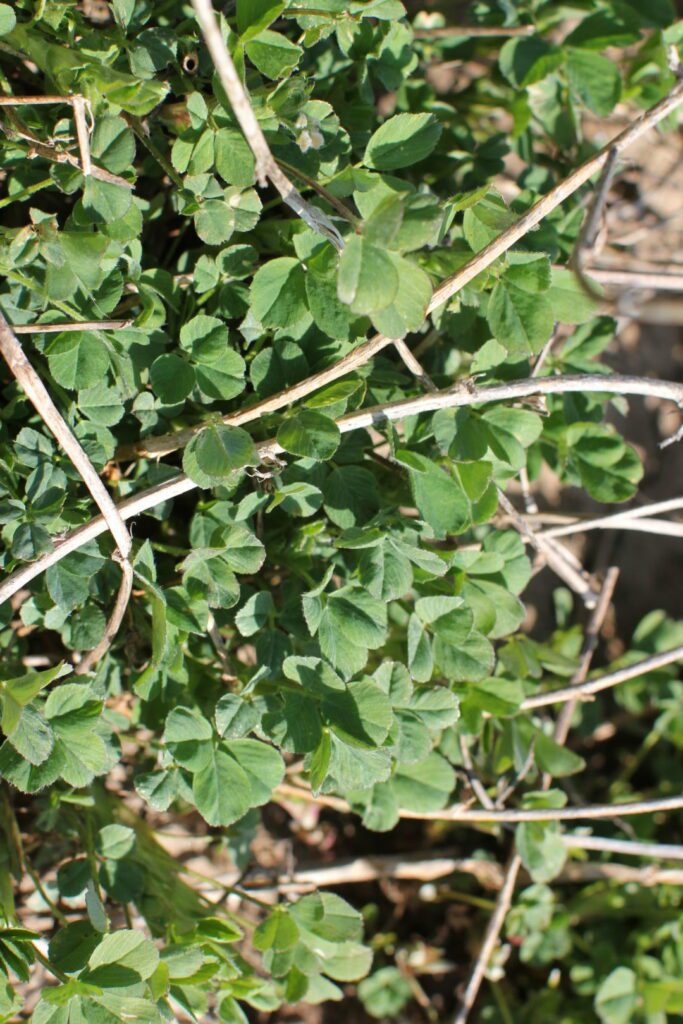 A hardy perennial crop, alfalfa typically overwinters in the Midwest well. However, a variety of environmental and management factors can have big impacts on a stand’s ability to overwinter successfully. Understanding these factors and how to manage them can help increase stand life and yield potential.
A hardy perennial crop, alfalfa typically overwinters in the Midwest well. However, a variety of environmental and management factors can have big impacts on a stand’s ability to overwinter successfully. Understanding these factors and how to manage them can help increase stand life and yield potential.
What is Winter Injury?
Winter injury can occur for a variety of reasons, but lack of snow cover and unusual freeze-thaw cycles are two of the most common causes. “Alfalfa plants can typically tolerate three weeks of winter injury before dying,” said Dave Meidl, Midwestern BioAg’s Director of Nutrition. “Snow acts as insulation for plants, so when snowfall is lighter, the risk of winter injury increases.”
Stand Assessment
Evaluating stand health early helps growers identify winter injury with ample time for action. “We recommend assessing stand counts before May,” said Meidl. “We also like to look at root color. Plants with winter injury will have dark, withered roots. Healthy roots are firmer and lighter in color.”
Stands with counts below 40 stems per square foot should be terminated or interseeded with another forage crop to maximize production potential. “Factoring in stand age is important when selecting reseeding or interseeding options,” said Meidl. “Stands less than one year old with extensive winterkill will likely need replanting. While you can interseed alfalfa in thin areas, the likelihood of young plants being eliminated by established plants in late spring is significant. Stands over two years old cannot be reseeded with alfalfa due to autotoxicity, but growers can interseed grasses or clovers to thicken stands.”
Causes of Winter Injury
While most common causes of winter injury are environmental, several management factors can impact stand performance in spring. “Soil fertility can play a big role in stand health,” said Meidl. “A sufficient supply of nutrients can greatly improve a plant’s ability to survive harsh winters.”
Stressed plants without access to adequate fertility cannot produce enough carbohydrates for the winter months. “During winter, plants generate energy from carbohydrates stored in their roots. Without an ample supply, plants are at risk for winter injury,” said Meidl.
Alfalfa stands on an aggressive harvest schedule or harvested late in the season are also more likely to winterkill. “We recommend avoiding harvest between September 1 and October 15 to help prevent winter injury, and leaving up to six inches of stubble before the first freeze,” said Meidl. “This allows plants to store more carbohydrates in their roots as energy for the long winter months.”

